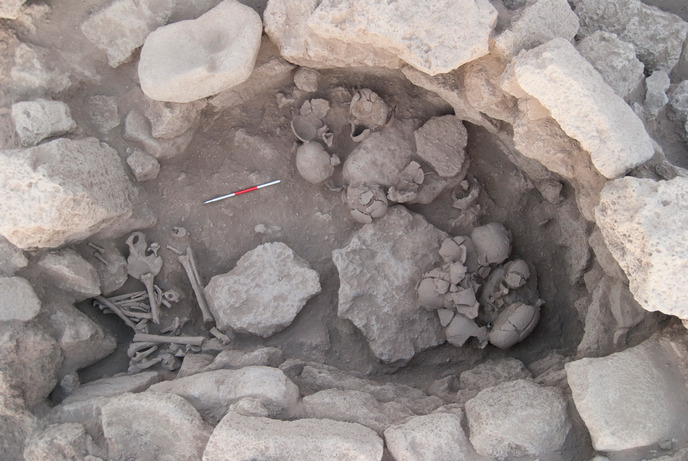Expanding the preventative archaeology toolbox in Eastern Europe
Large infrastructure projects that came about as a result of the late 1980s European economic boom also presented an opportunity for integrated thinking about sustainable spatial planning. This was especially applicable within formerly socialist countries. As recognition of the implications for archaeology, the Valetta Treaty of the Council of Europe, signed in 1992, sought to codify the protection of archaeological heritage at risk from development projects. ‘Preventive archaeology’, as it has become known, now accounts for more than 90 % of all archaeological practice throughout Europe. Setting out procedures which work in harmony with development-driven archaeology was at the heart of the ambitions for the EU-funded CONPRA project. It set out to outline adaptive responses to the economic and technological environment surrounding archaeology, looking especially at the circumstances in emerging markets, where support for entrepreneurship and SMEs is often prioritised. The project focused on knowledge transfer from archaeological fieldwork of techniques which had proven advantages of efficiency, accuracy, time and labour. Knowledge transfer between partners The project was predicated on a system for the efficient transfer of expertise, which it enabled through a series of secondments between academic and private sector entities. Four partner institutes - experts in different aspects of non-invasive digital technologies - were responsible for maximising the potential of each across the consortium. As the project coordinator, Dr. Milan Hornak expounds, ‘It is not by chance, that most of them are well suited for non-invasive archaeological research (various surveys, remote sensing and other types of reconnaissance), since it is these methods and techniques which are crucial for making the ultimate decisions for complete excavations. In a certain sense, it is successful testing and sampling, which is the ultimate proof of preventive archaeology.’ VIA MAGNA Ltd. tested 3D photogrammetry on selected sites containing torsal architecture. Terra Verita Ltd. evaluated large archaeological data-sets, acquired by non-destructive research to explore storage, retrieval and presentation issues. The University of Ljubljana involved SMEs in its program of aerial reconnaissance (in Slovenia and elsewhere), whilst the University of Belgrade utilised 3D virtual reconstructions for the site at Vinča, a 10 m deep Neolithic site of extreme international importance for its evidence of the appearance of early farming in Europe. A concern for the local as much as the global The key outputs from CONPRA included freely downloadable manuals, containing guidance gleaned from the archaeological knowledge, experiences, methodologies and techniques explored during the project. According to Dr. Hornak, these publications are intended for, ‘General field archaeologists and describe major concepts, categories and working procedures in all the areas of preventive archaeology that our project dealt with.’ Additionally, scientific publications are available for free download from the project website to spread findings to a professional public beyond Europe. From this point of view Dr. Hornak asserts that, ‘The success of CONPRA comes not so much in the generation of advanced technology but more in the integration and modification of existing technologies.’ The team also intends to submit their ArchaeoPax fieldwork assistance software, developed during the project, for further testing in various types of excavation and environments. Likewise, the interactive Web Map Server, created within CONPRA and currently presenting Slovakian data, will be regularly updated with the growing number of archaeological excavations there, maximising its use value to the state administration. By focusing on the economic and technological circumstances in emerging markets, the project was able to increase the capacities of small institutions and SMEs to adapt to changing conditions in their respective countries. As Dr. Hornak summarises, ‘Whilst major archaeological centres were able to follow ICT developments, this was not so much the case with a great number of locally-based enterprises, smaller museums, and institutes who were in fact much more involved in preventive archaeology.’ Indeed, these smaller concerns were also previously less likely to be part of professional networks (academic, business, research etc.) outside of their immediate area and so had limited access to further development opportunities. A situation improved by the project.
Keywords
CONPRA, preventative archaeology, development-led archaeology, heritage industry, 3D photogrammetry, remote sensing, 3D virtual reconstructions, non-destructive, excavation







